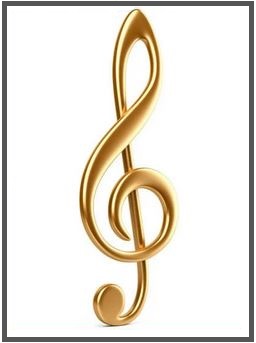 “Sight-reading” means reading a piece of sheet music that you have never seen before. It’s an important skill in many professional settings, and in nearly all academic settings.
“Sight-reading” means reading a piece of sheet music that you have never seen before. It’s an important skill in many professional settings, and in nearly all academic settings.
Music competitions test students on sight-reading, often by the whole band or orchestra. How well you can sight-read depends on how quickly you can recognize notes on the staff, read the rhythmic figures, and perform the techniques to play the piece. Your skills as a sight-reader depend on the complexity of the music, and your skills as a player. Most musicians can’t read any better than they can play.
If you want to develop good sight-reading skills, you’re going to need a lot of practice. Many students never reach a comfort level with reading, because they’re never given the chance. Teachers tend to pressure their students to read harder music as soon as they reach a comfort level with reading. This can be counterproductive.
The question is whether it is more effective to practice slowly reading through a difficult piece, or to practice quickly reading through an easy piece? If you want to read well, you will benefit greatly from a lot of easy reading, instead of constantly challenging yourself. Easy reading is important practice.
There are many graded reading supplements out there. Use them until you are satisfied with your reading level. Reading supplements can be books, programs, apps, etc.
Reading and playing simultaneously is a complicated mental process. My advice is to establish a level of reading comfort, and spend some time reading at that comfort level. This approach is consistent with learning theory. when it comes to reading practice, stay moving, but don’t be in a hurry.
You can’t be in a hurry when it comes to reading practice. Take the attitude that you’re just “hanging out” with the music. Read music away from the instrument – name the notes and count the rhythms.
Reading rhythms can be more difficult than reading notes. Memorize the sound of as many common rhythms as possible. When you’re reading a new piece, make a quick check of all of the rhythms before you play through it.
There are sight-reading practice websites which generate short sight-reading samples based on difficulty level, and other options. Premium memberships to these websites are only a few dollars per month.
Search on “sight reading practice.” Here are just three sites. There are many more.
https://www.sightreadingfactory.com/
https://www.tonegym.co/playground/sightreading
https://practicesightreading.com/
© 2019, 2020 Greg Varhaug